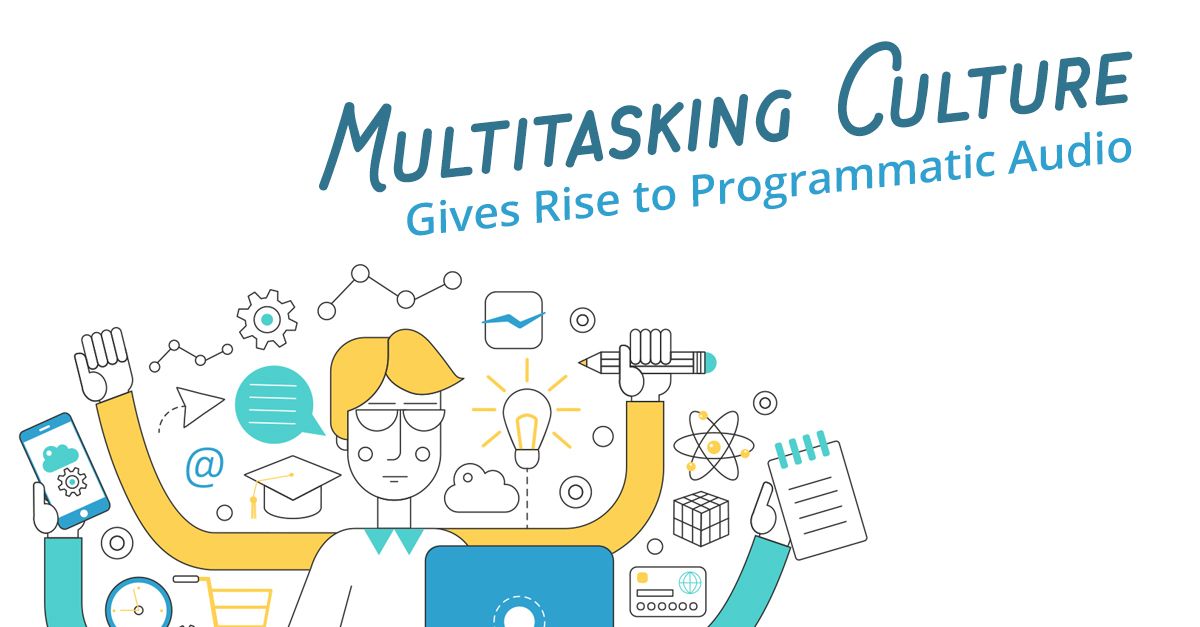
As a marketer, have you ever wondered why your customers leave after just two months, or why there’s a sudden 60% plummet in your daily average usage? Or, why is it that some days customers just don’t convert on the checkout page, and why do 25% of my customers always cancel after six weeks?
If you find yourself wondering what the answer is to these questions, it’s probably time you run a churn analysis. This is the process of figuring out why users leave your business, software or product. That’s it in a nutshell! If you can reduce your churn by just 5%, you can boost profits by somewhere between 25-125%.

What is the Reason for Customer Churn?
So, you definitely need to figure out why your customers are leaving, as it could be for various reasons. It’s like a hole in your boat; it’s not too difficult to fix, but it needs to be addressed right away!
The main reason that people leave their normal go-to business is because of bad customer experiences. In fact, this is the reason that 68% of them leave, because they feel as though the company doesn’t care about them. Making them feel uncared for is the best way to drive your customers straight to your competition.
Now, don’t feel too bad when customers leave; that’s gonna happen. It does become troublesome when too many leave, too often. That is bad churn, and its injurious to any business until they can effectively lower their churn rate. A tolerable churn rate is usually around <12.30%, but the spot you’re aiming for is anything around 5%.

Which KPIs should I track?
In order to measure your churn rate, it’s imperative to know which four of your key performance indicators (KPIs). should be monitored to reveal needed information. They are:
**_Gross customer churn rate: _**The rate at which customers leave your business daily, monthly, quarterly or yearly.
**_Net customer churn rate: _**The difference between the rate of customer acquisitions, versus the rate of cancellations.
**_Daily average usage (DAU): _**The rate at which users engage with your product, website or software every day. It’s a great indicator of customer engagement.
The rate at which users interact with your product every week (WAU) or every month (MAU). Like DAU, an ascending WAU or MAU means your customer experience is good, and a descending weekly/monthly usage means you’ll need to work on your customer experience before your churn rate gets too bad.
When asked what his thoughts were on churn rates and their importance, Genius Monkey’s CRO and Director of Client Solutions, Jeremy Hudgens said, “I agree with the importance of these KPIs, but I’d like to add one more huge and important way to make your churn rates better, and that’s to stay in front of your customer all the time. They can be sold and leave to a competitor at any time, so with the use of email marketing and programmatic retargeting you can stay in front of your targets with all kinds of new updates and offers. And don’t ever take your customers for granted – just because they’re current customers doesn’t mean you can stop advertising to them.”

Track and Measure Your Customer’s Path to Conversion
If you discover that you have an unhealthy churn rate, then you need to find the reason or reasons that your customers are leaving. Through Genius Monkey’s attribution tracking, we can discover where the breakdowns occur, and what needs to be done to fix them.
This technology gives you the entire story of how visitors land on your site and where they go from there. Let’s say that someone lands on a page from a referral or ad, for instance, you know exactly where they come from. And if they go from there to your pricing page or about page, you know which page people from specific referrals like to visit.
It’s this kind of data that helps you optimize your goods or services for better customer retention. You know the exact pages to optimize (add video, improve content, etc.) to increase engagement, which helps you reduce churn and improve ROI.



